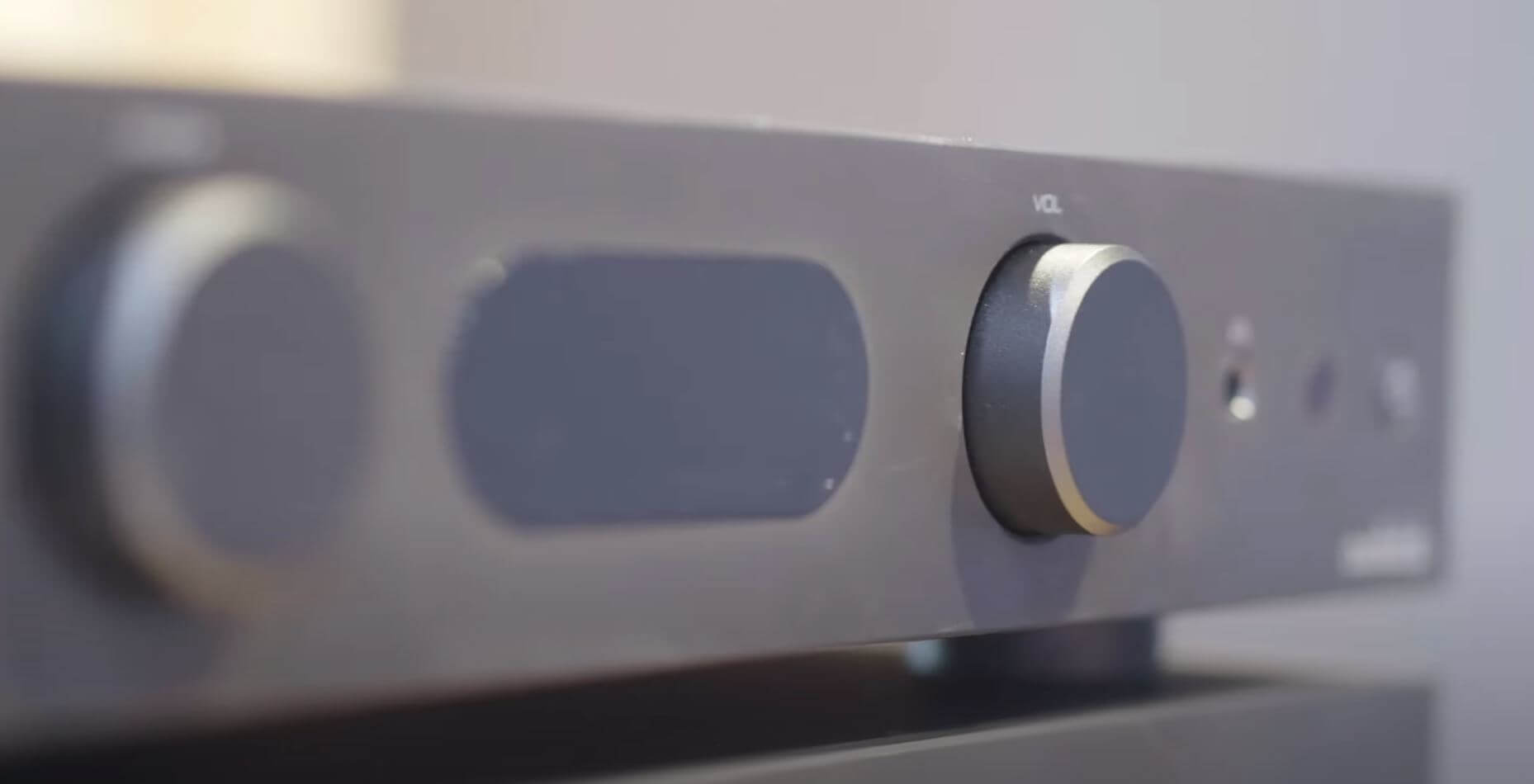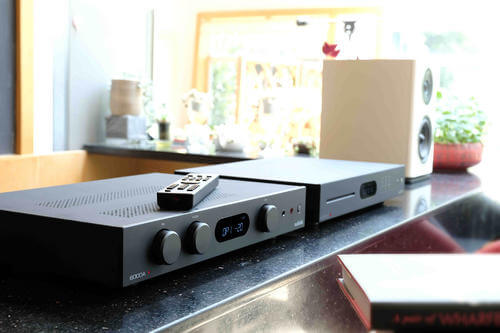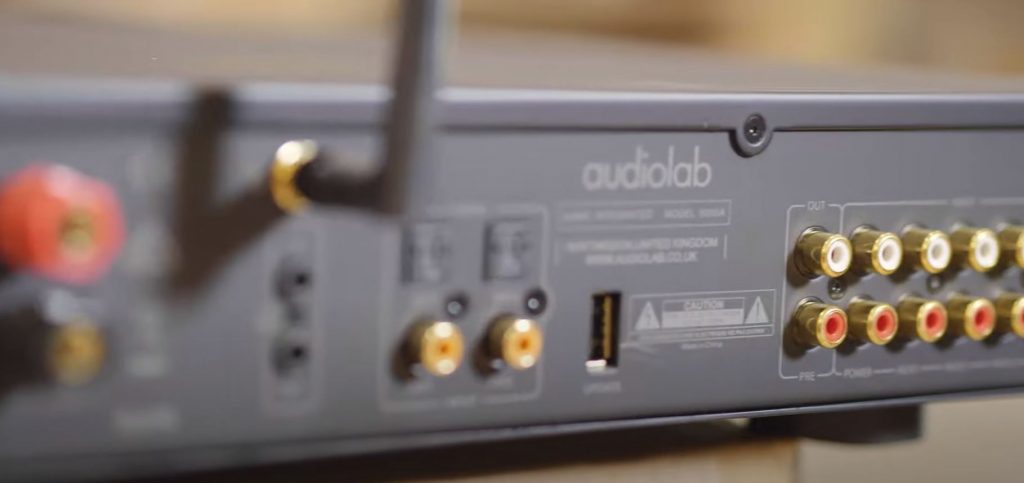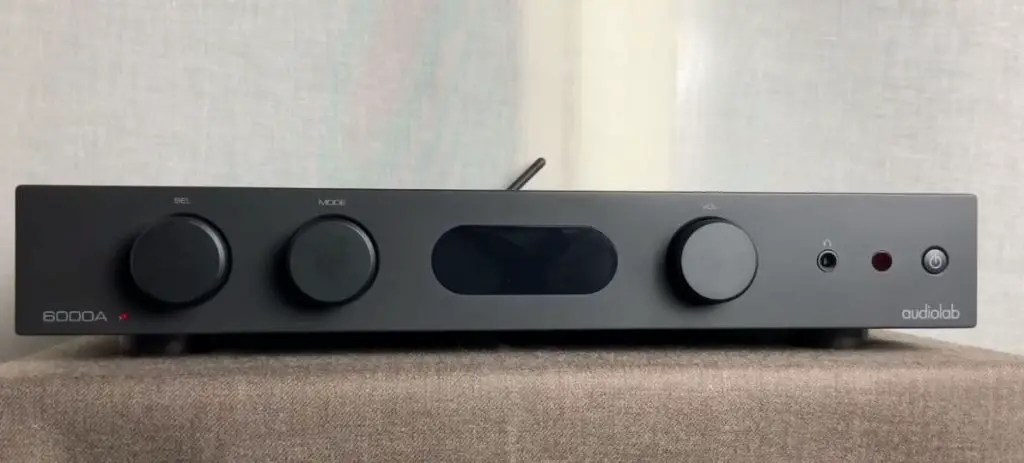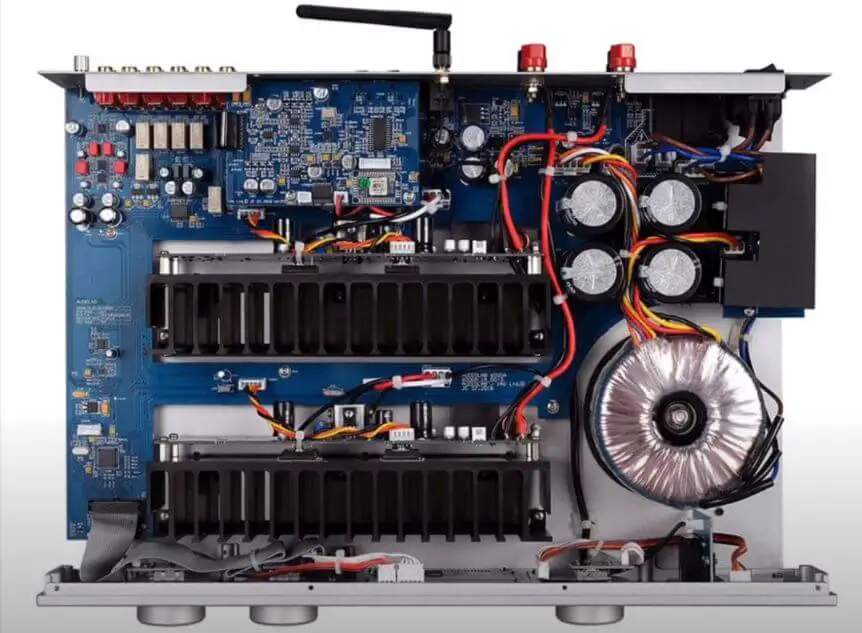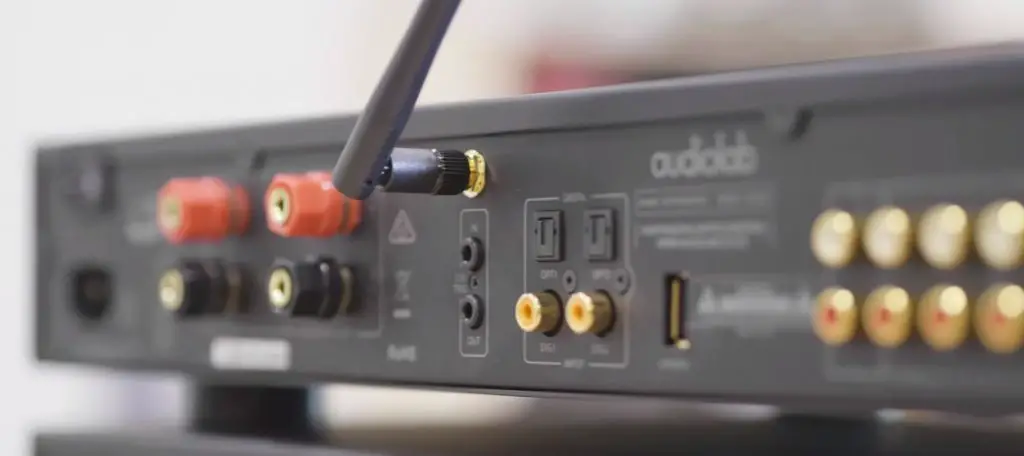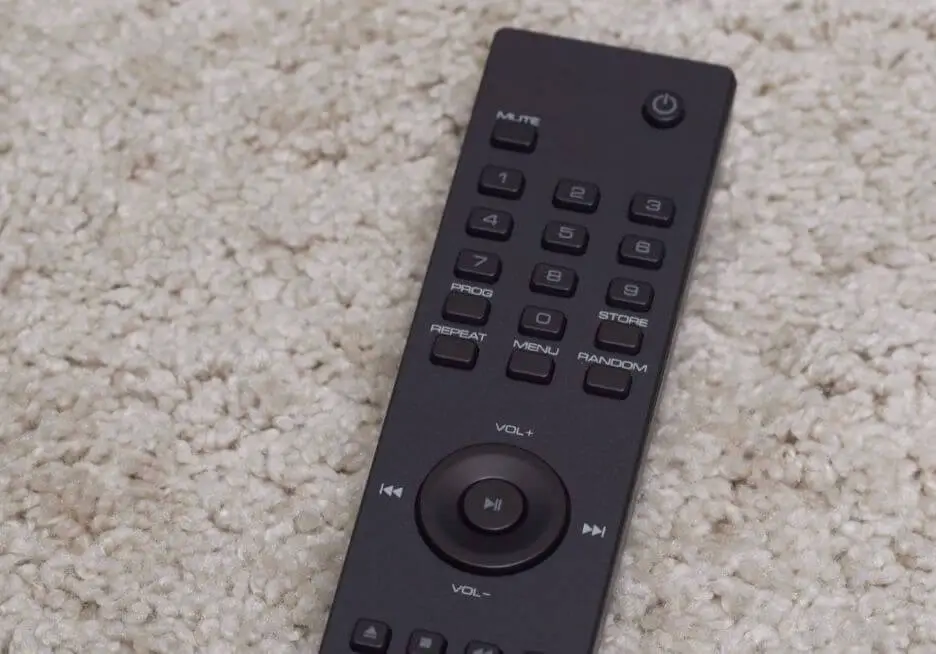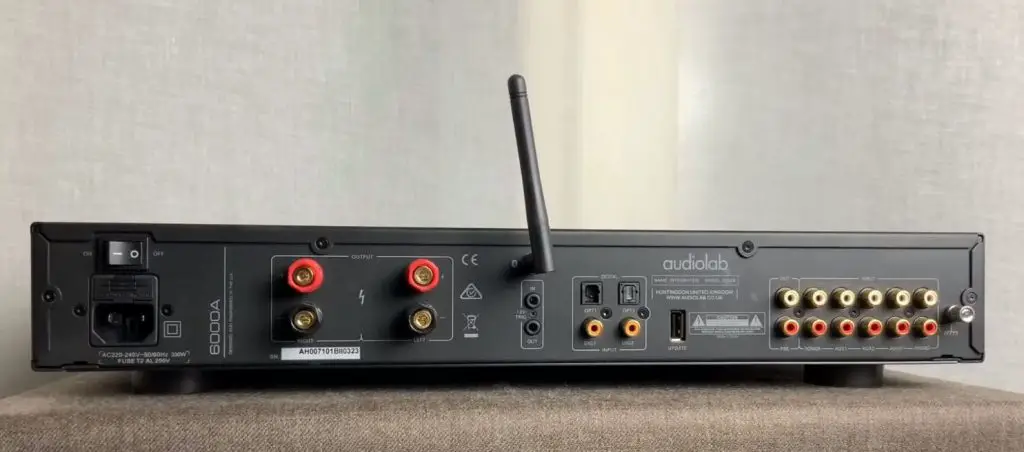Audiolab 6000A Review
Audiolab 6000A has a built-in DAC stereo power amplifier, which is a great value to satisfy music lovers who are critical of sound quality.
When talking about Audiolab, the company from British, most audiophiles come to mind is the 8000A that made it famous. Since its launch in 1983, it has been 35 years. But this super classic integrated amplifier is still in great demand in the second-hand audio market, and many music lovers are still interested in listening to the legendary Audiolab 8000A.
However, with the advancement of technology, Audiolab has never stopped moving forward. 8000 series products have new models launched every few years. The latest generation is the 8300 CD player, 8300A integrated amplifier, 8300MB mono power amplifier, and 8300XP stereo power amplifier.
Moreover, what is surprising is that Audiolab also launched a more affordable 6000 series. in addition to CD player and network digital music streamers. Its appearance and internal structure are very similar to those of 8300A. It also has a top-level digital analog conversion circuit and Bluetooth wireless receiving feature.
Design
Except for the additional headphone jack and remote control receiver on the right side of the front panel, the design of the Audiolab 6000A Integrated Amplifier is almost the same as that of the Model 8300A. The two knobs on the left side of the front panel are source selection and MODE switching functions.
On the right side of the 2.7-inch OLED display in the center of the front panel, there is a volume knob, followed by a headphone jack, an infrared remote control receiving module and a power button.
The back panel of Audiolab 6000A is quite simple, with the power cable socket and main power switch on the left.
There is the connection terminal of the Bluetooth wireless receiving antenna. Below it is a 12V input and output trigger switches, so that the amplifier can be switched on and off in conjunction with other audio equipment. There are coaxial and Toslink optical digital inputs. Audiolab 6000A not only has a built-in digital-to-analog converter, but also a high-quality DAC circuit that can correspond to a sampling frequency of up to 192kHz. An USB terminal on the right, using for upgrading or maintenance.
The analogue audio input and output terminals of Audiolab 6000A are on the right side of the back panel. This machine is equipped with vinyl turntable PHONO inputs corresponding to MM cartridges. What’s more special is that there are pre output and power inputs, which can be switched to “pre-stage mode” or “power mode” in the menu, so that the amplifier can be connected to a external power amplifier, or high-end digital source or pre-amplifier.
The Audiolab 6000A Stereo Amplifier is equipped with a 6000 series universal remote control, all functions of 6000A can be mastered within one hand. If the user has the same series of 6000CDT CD player or 6000N network digital music player, they can also use the same remote control to operate.
The internal circuit architecture is almost the same as that of 8300A, with the addition of a digital analog conversion circuit.
The Circuit Design
When more than 20 screws are removed and the upper cover of the Audiolab 6000A is open, you will be surprised to find that its internal circuit structure is almost the same as the higher-end model 8300A, which is much more expensive. Equipped with a powerful power supply and a power amplifier that completely separates the left and right channels, and even 6000A has an advanced digital-to-analogue conversion circuit.
Although the output power is smaller than 8300A, 6000A is also equipped with a huge toroidal power transformer (200VA) and a total of 60,000u filter capacitors, which far exceeds the 50-watt power output of this unit per channel under 8-ohm load.
The power transformer is one of the sources of internal vibration in audio equipment. Audiolab has carefully placed a circular shock-absorbing pad under the Audiolab 6000A Amp toroidal power transformer to reduce the vibration energy transmitted by the power transformer through the bottom plate.
The 6000A power-amplification circuit is the same as the 8300A architecture. The left and right channel amplifying circuits are completely separated and each locked on a separate heat sink. Each channel uses a pair of MJL1302A / MJL3281A push-pull power output modules. It can be used in an amplifier with 100 watts per channel (with 8-ohm load) and output 25 amps of peak current.
Audiolab only sets 6000A power output to 50 watts and maximum current output of 9 amps. Obviously, it is for higher margins. The consideration is that we want this unit to easily respond to the high dynamic needs of all types of music.
The independent circuit board above the centre of the Audiolab 6000A backplane is the digital input and digital-to-analogue conversion circuit of the machine. The front-end Cirrus Logic CS8416 digital receiver can correspond to the highest 192kHz/24bit digital audio specification. The digital conversion core ESS ES9018K2M can qualify for up to 32bit. Digital analogue conversion also has three different digital filter switching, which makes Audiolab 6000A corresponding digital music can be presented with three different modes.
The main circuit board of Audiolab 6000A is a complete piece. There are no other wiring. This is the analog audio input and output at the rear left of the chassis. You can see the copper foil and electronics of the circuit board. The arrangement of the components is quite neat.
There is a photo of the left side of the main circuit board of the machine. The cable on the right is connected to the front panel display and operation knobs. The ARM STM32F105 in the centre of the photo is a 32-bit microprocessor with powerful computing performance and programmable processing capability is the backing of Audiolab 6000A’s precision digital audio control and adjustment settings.
It can be seen that the front panel of Audiolab 6000A is not a thin piece, but an integrated aluminum casting structure with superior strength and rigidity, which is stable for vibration suppression and the overall Audiolab 6000A chassis.
Sound Performance
The speakers driven by Audiolab 6000A are DALI Opticon 8 floor-standing speakers. Here is the Dali Opticon 6 MKII Review.. The extremely high-frequency extension of Opticon 8 can easily reach 32kHz. The crossover point of the tweeter module is 14kHz. Although the frequency response of DALI Opticon 8 speakers is 38Hz-32kHz±3dB, which is quite capable of most music, in order to fully understand the performance of this Audiolab 6000A in the very low frequency, I still add the SVS SB2000 subwoofer.
Audiolab 6000A’s thin and exquisite cabinet may make you worry about its driving capability. When playing the Melodramma of Andrea Bocelli‘s “Cieli di Toscana” album, Bocelli’s voice appears thick and shiny, and the accompanying strings are also dense. The background drum sound is full of tension and elasticity. It has good stability when it sings high-pitched. The doubts about its driving force are immediately gone.
The fourth song in the album, “Chiara”, is a relatively soft sketch. Bocelli’s singing becomes softer as if chanting affection to a lover, making people feel like a gentle breeze. However, even though Bocelli sings relaxedly, it doesn’t look light at all, it still has sufficient density and energy. The ups and downs of strength and the transition of emotional investment are very clear and moving.
This can also be clearly felt when playing Adele’s “25” album. The “Remedy”, which is mainly piano accompaniment, makes people feel like Adele leaning against the piano singing and clearly feel her voice. The resonance of the piano is the same as the strength of the piano touch, and the resonance reflection of the space is also clear and recognizable. The rich details, the unrestrained energy and the stability of the control when the Audiolab 6000A replays the music can be said to be the best demonstration in this song.
Next is the eighth song “Love in the Dark”, which is equally exciting. The overall sound field is more broad and specific. The violin has a dense performance. The subtle expressions when plucking strings are very clear, the relative distance between Adele’s singing, piano and other music instruments are clear. The air atmosphere flowing between the objects is clear.
Speaking of the sound field, larger classical music repertoires certainly have more room for clear presentation. Take Zuill Bailey and the North Carolina Symphony Orchestra’s “Prokofiev: Symphony Concerto, Cello Sonata” (Steinway & Sons 30057). For the solo cello and the symphony orchestra, there is a very clear position distinction. The second chapter of the symphony concerto is a tune with fairly distinct strengths and weaknesses. Audiolab 6000A Amplifier expresses the expressions of the solo cello in detail. The latter part is turned into a gentle and lyrical section. The response between Zuill Bailey and the orchestra is quite delicate.
Audiolab 6000A clearly stretches the tension of this song, so that the gentle rhythm is not only not dull, but on the contrary, it shows a vibrant and fascinating sense.The string, wind, and percussion instruments in the orchestra communicated like this with the solo cello. Obviously, the detail description, sound density, contrast of strengths and weaknesses and dynamic interpretation of this unit are all excellent, which can bring such a clear sense of hearing.
The second-largest cello sonata of this CD, Zuill Bailey’s cello solo has more low-frequency performance. The resonance energy of the body played at the beginning is very charming, and it also shows the charm of this machine’s thick and warm beauty.
Conclusion
Audiolab 6000A has a fairly clear and transparent background, and the texture of the piano’s light touch keys and the friction of the cello bowstrings is also highlighted. Audiolab has been known for its warm mid-frequency in the past. This 6000A obviously has a wider frequency response transparency, sound density and a sense of vitality are also more excellent.
